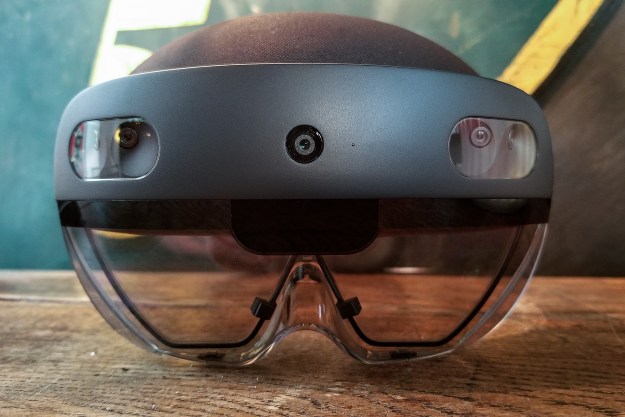The current-generation Maserati Ghibli launched in 2014 as Maserati’s boldest attempt yet to grow sales and compete with German luxury brands. With sleek Italian styling and the name of a legendary sports car, the Ghibli looked promising. But the sedan has not been without shortcomings, some of which Maserati plans to address with an update.
The refreshed Ghibli set to debut at China’s Chengdu Auto Show follows the same pattern as the recently updated Maserati GranTurismo coupe and GranCabrio convertible. It features major tech and minor styling changes, but no significant mechanical updates. Will that be enough to keep the Ghibli in the luxury-car fight?
On the styling front, Maserati gave the Ghibli a new grille and rear fascia. New GranLusso (pictured above) and GranSport trim packages also replace the previous Luxury and Sport trims, respectively. The changes are incredibly subtle, but that is not exactly a bad thing. The Ghibli was already a pretty good looking car.
A more significant change is the addition of Matrix LED headlights on GranLusso model. They essentially let the driver keep the high beams on all of the time. When an onboard camera detects an oncoming car, a mechanism covers part of the light beam so it does not blind the other driver. Maserati has not confirmed whether this feature will be available in the U.S., though. The automaker also promises an array of electronic driver aids but did not give specifics.
The interior does not appear to get any significant updates, although Maserati did add parent Fiat Chrysler Automobiles’ ubiquitous 8.4-inch touchscreen infotainment system for 2017.
All Ghibli models will continue to use a 3.0-liter twin-turbocharged V6 engine with an eight-speed automatic transmission and performance is not expected to change. The base Ghibli has 345 horsepower and 369 pound-feet of torque and does 0 to 60 mph in 5.5 seconds. The Ghibli S has 404 hp and 406 pound-feet, allowing for 0 to 60 mph in 4.9 seconds. Both versions are rear-wheel drive.
Maserati also offers an all-wheel drive Ghibli S Q4 model, which is the quickest to 60 mph at 4.7 seconds. The rear-wheel drive Ghibli S has a one-mph advantage in top speed, though, at 177 mph. The base Ghibli tops out at 166 mph.
The refreshed Ghibli arrives amid renewed rumors that Fiat Chrysler is planning to spin off Maserati and fellow Italian brand Alfa Romeo. Rumors of a spinoff circulated earlier this year, but a recent Bloomberg report claims FCA is once again considering getting rid of Alfa and Maserati, as well as some supplier divisions. The report said a final decision could come in early 2018.
Editors' Recommendations
- The Maserati GranCabrio Folgore is one of the best-looking EVs yet
- Maserati is going electric, and it’s starting with a 1,200-hp luxury coupe
- This ‘pay-by-face’ system could be the future of your wallet
- Hyundai’s Genesis brand plans electric future with coupe, hatchback
- Maserati is balancing the past and the future to reinvent all of its cars


